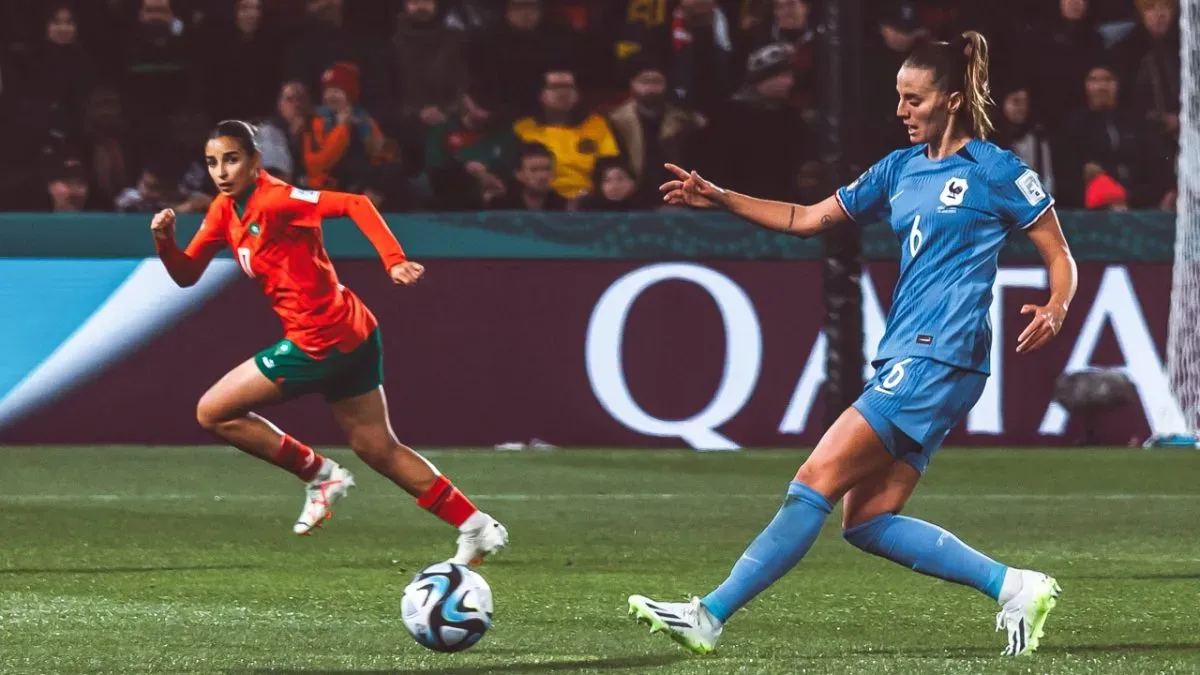A new report showed that players at the Women’s World Cup in Australia, not FIFA, paid taxes on match earnings. FIFA reached an agreement with the Australian Tax Office (ATO) to not pay for earnings during the tournament. However, players in the competition paid up to 32.5% of their match fee income to the ATO.
This did not apply to games in New Zealand, though. The New Zealand tax office provided exemptions to both FIFA and the players from the 32 participating countries. They, in essence, avoided taxes on match-fee incomes. Regardless, participating teams that spent time in Australia still had to pay the Australian tax office. For example, South Africa played most of its games in New Zealand. Still, the players had to pay taxes to the ATO for time spent in Australia. Also, they paid the South African Revenue Service.
By comparison, FIFA did not have to pay any taxes on its earnings. This is a frankly confusing approach to dealing with finances, according to Kathryn Gill. Gill is a former Australian women’s team. Now, she is the co-chief executive of Professional Footballers Australia.
“Given FIFA was able to negotiate withholding tax exemptions with the Australian government to their benefit, it is puzzling that this wasn’t extended to the very people who helped to generate the tournament’s revenues.”
The players at the Women’s World Cup have battled for increased compensation from both federations and FIFA. FIFA even touted that each player at the Women’s World Cup will make over $30,000.
The players pay taxes at the Women’s World Cup while FIFA thrives
“In adopting this approach, the players have been left to shoulder the burden, unlike FIFA who have sought to be the beneficiaries. Our starting point on players’ remuneration at the Women’s World Cup is that prize money should have been equalized back in 2019. This would have resolved many of the issues related to players’ pay that emerged before and after this tournament, and ensured players received a wage that recognized and rewarded them for their central role in the tournament.
“Instead, many of this generation’s players will have to wait another four years to earn the same prize money as male professionals – and that is only if FIFA upholds its verbal commitment.”
The sport’s governing body argued that it wanted the players at the Women’s World Cup to earn tax exemptions. However, Australia and the ATO denied it. FIFA said it disagreed, but respected, that decision.
“FIFA engaged with the relevant parties in both host countries, including the tax authorities on all tax matters – as FIFA does with all tournament hosts – even prior to the hosting appointment being made for the Women’s World Cup 2023,” a FIFA spokesperson told The Guardian.
“These steps included cooperating with the authorities in Australia directly for the taxation of players to be exempted, which was not ultimately accepted. While FIFA does not agree with the decision, but ultimately will respect it, it is in line with other sporting events that have taken place in Australia.”
An uphill battle for true equal pay
Women’s soccer players are still on the hunt for more money from tournaments that are pulling in millions of viewers. While still not level with the men’s game, the 2023 Women’s World Cup broke records in terms of how many people watched the tournament. Attendances rose and many countries tuned into watching this Women’s World Cup more than any other before it.
Regardless, the pay compared to the men’s game is still down. According to Forbes, the payment for the men’s game is still four times greater than the women’s. FIFA claimed it aims for pay equity in the 2025/26 World Cup cycle. Yet, with news of the taxation from Australia emerging, that seems ambitious.
PHOTOS: IMAGO.
200+ Channels With Sports & News
- Starting price: $33/mo. for fubo Latino Package
- Watch Premier League, Women’s World Cup, Euro 2024 & Gold Cup
The New Home of MLS
- Price: $14.99/mo. for MLS Season Pass
- Watch every MLS game including playoffs & Leagues Cup
Many Sports & ESPN Originals
- Price: $10.99/mo. (or get ESPN+, Hulu & Disney+ for $14.99/mo.)
- Features Bundesliga, LaLiga, Championship, & FA Cup
2,000+ soccer games per year
- Price: $5.99/mo
- Features Champions League, Serie A, Europa League & Brasileirāo
175 Premier League Games & PL TV
- Starting price: $5.99/mo. for Peacock Premium
- Watch 175 exclusive EPL games per season







